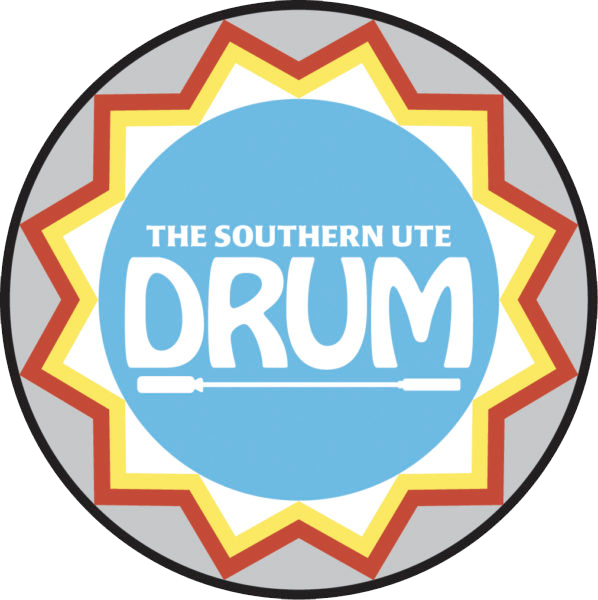Self-management steps to take for sore and aching feet
Sore and achy feet are common after a long day working or hiking trails, but a truly painful foot will stop you in your tracks. Developing foot pain at some point in your life is shockingly common. In 2010 the American Podiatric Medicine Association found that 72% of us will have foot pain at some point along life’s journeys. If you have foot pain, you are definitely not alone.
The list of potential problems that can occur in the foot is long. Our feet have a remarkably difficult job to do after all. They must be flexible and compliant enough to cushion the landing of each step, but then strong and ridged for us to then push off as we propel ourselves forward. An amazing bit of anatomical engineering called the windlass mechanism allows this to happen. Once our foot is on the ground and we begin to step forward our big toe extends upwards. This tightens the soft tissues of the arch of the foot much like pulling a bow string. As the tissue tightens it pulls the arch upwards and stiffens the foot allowing us to have a solid surface to push off of as we continue stepping forward. You can play with this at home by watching your arch stiffen and relax while you pull your big toe upwards and downwards. Your arch will go from relatively flat and soft to raised and ridged as you pull your big toe further. It is a truly remarkable structure.
Many foot problems stem from a breakdown in this system of loosening and tightening. Here we will go over a few simple ways to reduce common foot pain problems and get you back on your feet again.
Mobility
With 26 bones and 30 joints apiece, our feet are made to twist and flex and move in a variety of ways. Losing mobility with the foot or ankle can have painful consequences over time. There are two simple activities to improve your foot/ankle mobility and alleviate foot pain.
First, we will look at the ankle. Every time you step forward you need a minimum of 6-10 degrees of dorsiflexion (pulling your toes back towards your head). Should you have a stiff, and often pain free, ankle you will be forced to turn your foot out as you take each step. We call this “Duck Walking.” Duck walking totally changes the way your body weight passes through your foot causing problems such as a fallen arch, bunions, plantar fasciitis, and many others. The reason this is so problematic is that as we step forward our big toe does not get pushed upwards as it should, and instead collapses outwards and the windlass mechanism doesn’t fully engage. Now, all of your weigh drives down through those 26 bones and 30 joints without the support of the tightened bands of tissue stretched across your arch. Ouch!
A simple fix for this is the common calf stretch at a wall. Stand in front of a wall with one leg back. Keeping your heel firmly on the ground and, most importantly, toes pointed forward and not out, lean into the wall and feel the stretch along the back of your leg. This can be done with both a straight back leg or slightly bent back leg (there are two calf muscles and each position stretches one or the other). Hold this position for 60 seconds and switch sides.
The second area of mobility we need to look at is within the foot its self. Remember that the foot needs to be able to both loosen and tighten for you to walk correctly. Midfoot stiffness severely limits the foots ability to cushion each step and once again all of your weight, and possibly up to 5x your weight if you are running or jumping, now is crunching through those tiny bones. To improve your foots flexibility take a tennis ball, or something similar, and place it on the ground in front of a chair. Then, while sitting step barefoot on the ball trying to wrap your foot over top of the ball. Try putting the ball in a few different spots under your foot and repeat. If this is pain free do the same thing in standing. Curling your foot over top of the ball forces the bones to spread out and stretch.
This technique can also be used to massage sore muscles in the foot, and if you swap out the ball for a frozen water bottle, 10-20 minutes of rolling back and forth can work wonders for flared up foot pain.
Strength
The final tip for self-treating foot pain is to build up the strength within the foot. The muscles inside of the foot are called intrinsics. The intrinsic foot muscles assist in controlling the bones and joints of the foot and to tighten the arch as well. For the vast majority of us we have lost control of these muscles. Don’t believe me? Try this:
- Sit in a chair barefoot. While keeping your toes flat on the ground spread them all out using just your foot muscles. Remember, keep the toes flat on the ground the whole time.
Nearly everyone reading this will only manage a weak wiggle at best. Practice this movement over and over and soon your foot will “wake up” and it will become far easier. Foot pain will also dwindle as the strength improves.
Managing pain in something as complex as the foot can seem overwhelming, but by making a few simple improvements on your own it can often be treated quite effectively.
If your pain persists, or is severe, having a medical professional here at the Tribal Health Clinic check it out is the best step to take. The team here is well equipped to get you back on both feet in no time.
